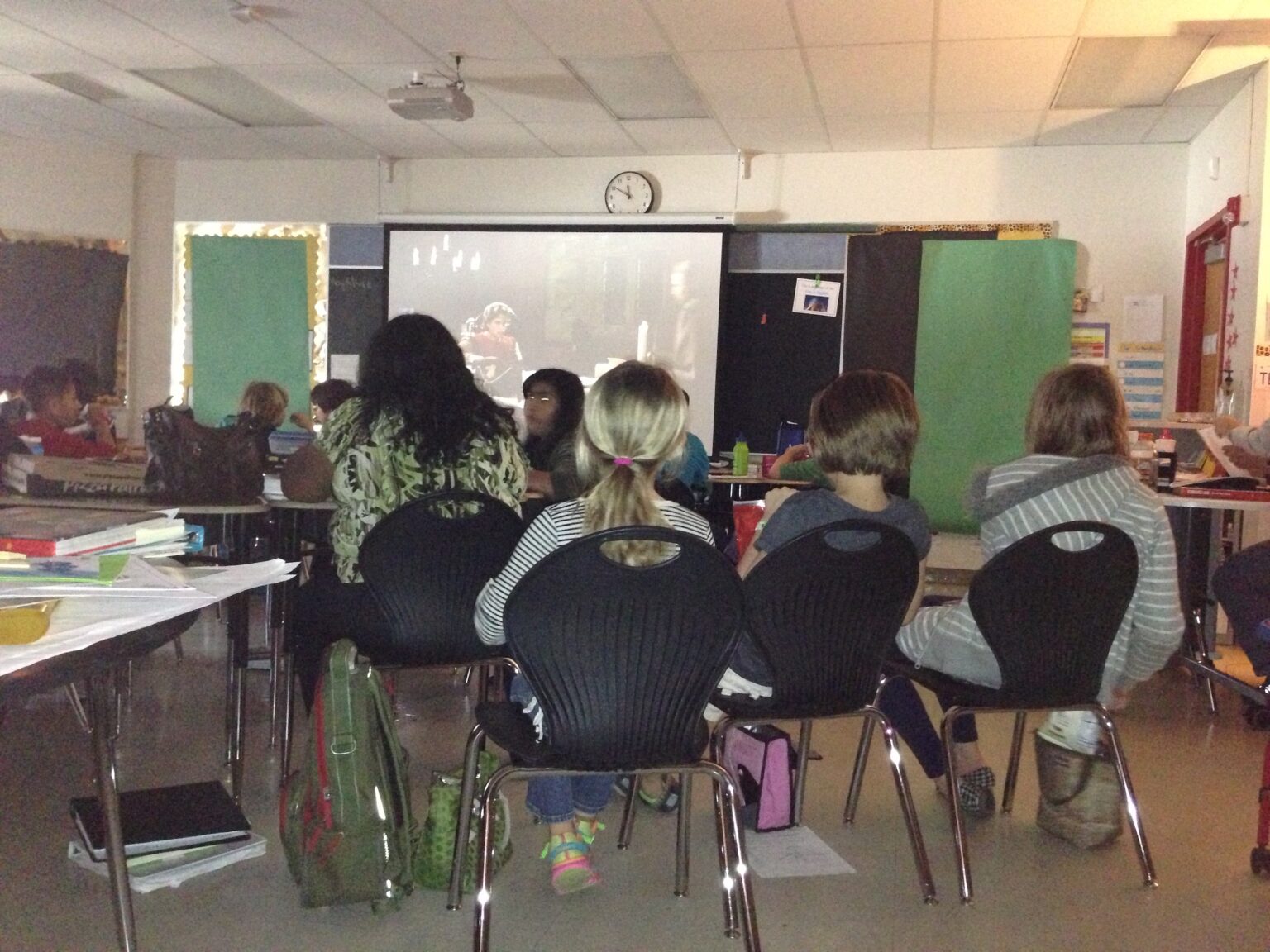
Struggling with essay writing? 8 creative ways you can use movies for class lessons
The use of movies in class has received mixed reactions over the years. Teachers sometimes find it better to use movies when teaching specific topics. However, there is a misconception that teachers show students a movie without being involved, for example, grading papers during the session.

Using movies to teach has its benefits, but teachers need to be involved in the activity. Some of these benefits include:
- They provide better engagement and makes learning fun
- Promotes better understanding
- Improve memory performance
- Helps create awareness on certain issues.
On the flip side, some movies require multiple sessions to complete. Furthermore, films only carry a limited amount of educational information, which is why they should be used sparingly. So, teachers should serve to make movie sessions more effective for learning irrespective of the drawbacks involved. Here is how to get the most of movie sessions in a class.

Predictions
Asking students to make predictions about certain scenes is especially useful in movie adaptations of a book. For example, you can ask students to predict how some of the characters are portrayed and how specific scenes might be handled.
A teacher can also choose to pause the movie before a crucial scene and have their students predict what happens next. It is an excellent way of encouraging their creativity and engaging their critical thinking.

Compare and Contrast Exercises
Here, one can ask learners to compare and contrast a movie and the book. Students can try to identify some of the plot changes from the book to the film. They can then discuss the effect it had on the whole story. Students can even hold discussions or debates in groups, which is better between the book and the movie.

Alternate Endings
Movies often have a specific ending that finalizes the experience. These endings can be wholesome or negative, depending on the plot. So, an educator can choose to challenge their students to be more creative by creating alternate endings.
The teacher can choose what events can be altered in the movie to come up with alternate endings. The exercise helps them practice story writing and will benefit a future essay writer. Teachers can even choose to partially play the film and then have the students create an ending without seeing the rest of it.

Order of Events
This is an activity that helps to challenge the recall power of students. After showing learners a clip or a movie, arrange them into groups. From there, provide cards containing sentences that depict events that happened in the film. Then ask the students to arrange the cards in the order of the events in the movie.

Acting Out Movie Scenes
After watching the movie, an educator can assign their students into groups and act out certain movie scenes. It is best to add a meaningful dialogue to the plot of the movie. You can choose a student to be the narrator and let the students in a group split the characters among themselves.
Giving them some time to practice is the best way to guarantee results. This exercise encourages students to express themselves and improves their confidence.

Making Connections to Real Life
Many movies portray issues and events that can be connected to what is happening in the current world. Students can be asked to identify some of the scenes that relate to everyday occurrences in the world. Having them discuss it among themselves provides awareness of what is happening in the real world.

Evaluation and Review
Teachers can task their students with the responsibility of providing their evaluations of the movie. Here, they can deliver their verdicts on how different characters were portrayed. It is also where they can discuss whether the film was an adequate adaptation of the book. Students can also evaluate how well the actors portrayed their characters.

Improving Writing
As an optional exercise, tutors can have their students do writing assignments based on the movie they watched. The students can either buy an essay or do it themselves. In any case, it’ll significantly improve their analytical skills – dissecting the movie, thinking about its main themes, and deliberating what is the most important aspect of the film.
Character Questionnaire and Role Playing

Before showing the movie, give students questionnaires and instruct them to analyze certain characters and get into their minds. After the movie, provide custom scenarios and use the questionnaires to decide how the characters would react in the custom situations. They can write it down or perform depending on the time available.

The Take-Away
Movies are a useful tool for learning when used correctly. Teachers should clarify that movie sessions are not for fun and that students need to treat them regularly. However, movies should not be overused in the classroom since they take up a lot of time.







